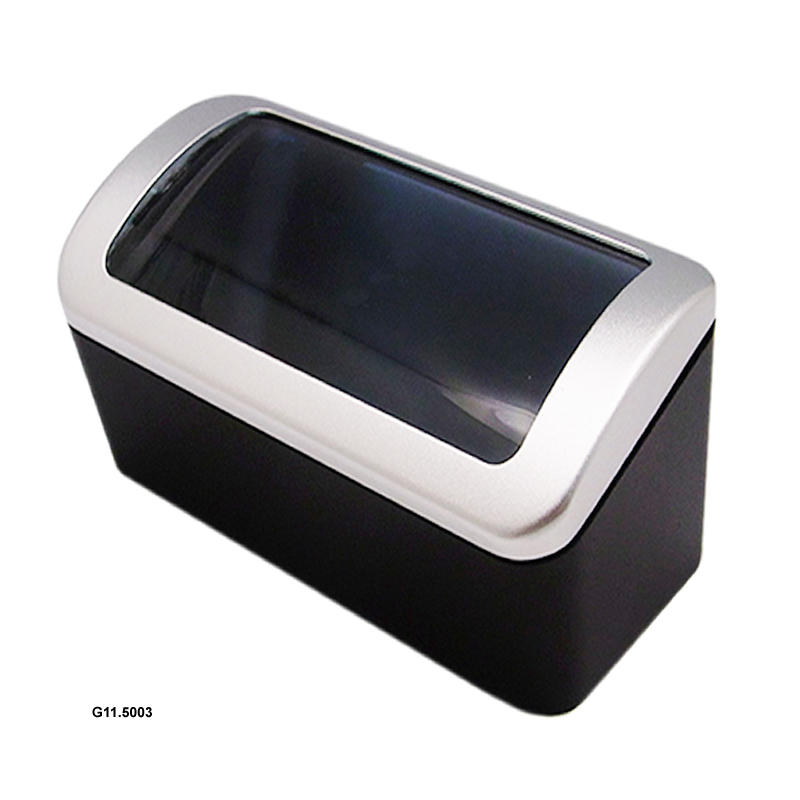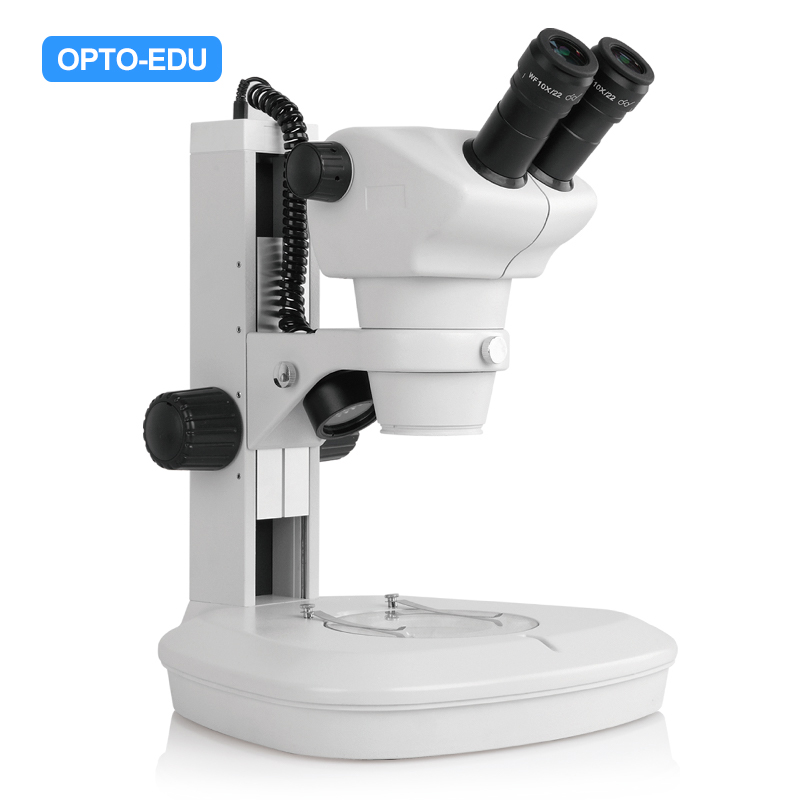When you purchase through links on our site, we may earn an affiliate commission. Here’s how it works.
Explore inner space, educate your children, and shoot macro images with the best microscopes A18 Comparison Forensic

The best microscope allows you to experience the wonders of nature, beyond what the naked eye can detect. Just as the best telescopes let you explore outer space, microscopes give you access to inner space.
These days, even the best microscopes aren't just found in universities or laboratories with big budgets. They're widely available for the ordinary consumer, at surprisingly affordable prices.
• Best telescopes • Best binoculars • Best monoculars • Best loupes • Best macro lenses • Best spotting scopes • Best otoscopes • Best pulse oximeters • Best infrared thermometers
But how do you choose the best microscope for you? Well, just as if you were choosing a camera or phone, ask yourself what you want to use it for, and how much you have to spend on it. If you need further guidance, skip to our section on How to choose the best microscope.
Otherwise, read on as we round up the best microscopes in 2023, for scientific, educational, and photographic purposes.
Why you can trust Digital Camera World Our expert reviewers spend hours testing and comparing products and services so you can choose the best for you. Find out how we test.
Just get started with microscopes? Then you'll want the Bresser Biolux NV 20x-1280x, which is the best microscope for beginners – although it aims to be suitable for advanced users too.
This device comes with plenty of accessories, including an LED lamp offering six steps of variable brightness, a filter wheel with five colors, and various filters. More excitingly still, this mid-priced metal- and plastic-built microscope from German brand Bresser also features a built-in camera, enabling you to preserve and study your microscopic examinations at leisure.
There's a broad selectable magnification range from 20x to 1280x, and power (and portability) is delivered via three AA batteries. To get you started, there are five prepared slides and five blank slides included out of the box.
The resolution from the camera is limited to 1280x720 pixels, but this is fine for recording results, or showing your images on your computer screen using the supplied Windows software. In short, this is ideal for anyone taking their first steps into microscopic worlds.
Want to shoot pictures with your microscope? The Swift SW380T is our top pick. This slick, multi-purpose ‘research grade’ microscope is aimed at everyone from hobbyists to clinicians. And for a premium price, you get a huge 2500x magnification and the ability to attach a camera via its trinocular head/camera port.
Its two 10x and 25x glass eyepieces have been set at a 30-degree angle that aims to combat neck strain when viewing specimens, while the focusing system offers precision.
You get to choose from no fewer than six levels of magnification, including 40x, 100x, 250x, 400x, 1000x, and 2500x. An LED bulb controlled via a dimmer wheel provides the necessary illumination, while the large mechanical stage is similarly adjustable. Power comes courtesy of the mains.
The Celestron CM800 Compound Microscope is an affordable option that's marketed as ‘lab grade’, making it a great choice for college and university students. It comes with 10 prepared slides included out of the box, plus a sturdy all-metal build.
The combination of two eyepieces and three objective lenses allows for magnified observation at 40x, 80x, 100x, 200x, 400x, and even a whopping 800x, and the built-in LED illumination is adjustable. While a mains adapter is provided, it's also suitable to take out-and-about for field use. It can be powered by three AA batteries (included), and metal clips ensure whichever slide you're examining stays firmly in place.
A single focus dial maintains ease of use, and the microscope itself remains cool to the touch when in use. Even out of the classroom, this one exudes class.
While more expensive than some microscopes aimed at kids, this is a thoughtful bundle, supplied with 35 ready-prepared slides that mean young scientists can get started right away. Once the 8-12-year-olds (recommended ages) have had their enthusiasm engaged, they can use the supplied blank slides to explore their own specimens. There is even a brine shrimp egg hatchery experiment from which they can create slides.
Not only is all this inspiration included, but the microscope itself has a pleasingly adult feel with adult manufacture and binocular optics. We would prefer the option of higher magnification, but this set is more about revealing the potential to kids and binocular microscopes offer a 3D perspective.

Microscopio Optico Sm-2002 Opto The lighting means examining rocks and quartz is easy. It’s also much appreciated that a slide storage box is amongst the accessories, not to mention the detailed learning guide.